Exploring the realm of healthy eating often leads to the discovery of some remarkable, yet underappreciated foods. While many are familiar with the usual health staples like broccoli and salmon, there exists a plethora of nutritious options that seldom make it to the average dinner table. This article delves into these hidden gems, shedding light on eight such foods that pack a punch in terms of health benefits. From ancient grains to fermented delights, the journey through these foods you’re probably not eating is not just about adding variety to your diet, but also about enhancing your overall health and wellbeing.
Contents
- 1 Amaranth: The Forgotten Grain
- 2 Black Garlic: A Flavorful Antioxidant Powerhouse
- 3 Kefir: The Probiotic Gem
- 4 Chia Seeds: More Than Just A Health Trend
- 5 Sea Vegetables: Ocean’s Nutritional Gift
- 6 Tempeh: The Versatile Protein Source
- 7 Fermented Vegetables: A World Of Flavor And Health
- 8 Teff: The Tiny Grain With Big Nutritional Value
- 9 Add Some Diversity To Your Plate!
Amaranth: The Forgotten Grain

Amaranth, a grain that was a staple in the diet of the ancient Aztecs, has been overshadowed in modern times by more common grains like wheat and rice. Despite its rich history and nutritional prowess, amaranth remains largely underutilized in contemporary kitchens. This gluten-free grain is a powerhouse of protein, fiber, and essential minerals such as magnesium, iron, and manganese. Its ability to lower cholesterol levels and its high lysine content, an amino acid rare in the plant kingdom, make it a nutritional champion.
Transitioning amaranth into your daily diet can be surprisingly easy. Its nutty flavor and versatile nature make it a perfect addition to salads, soups, and even as a rice substitute. For breakfast enthusiasts, amaranth porridge serves as a hearty and healthy start to the day. Its small, pearl-like grains cook quickly, offering a delightful texture and a host of health benefits, making it a must-try for anyone looking to diversify their grain intake.
Black Garlic: A Flavorful Antioxidant Powerhouse
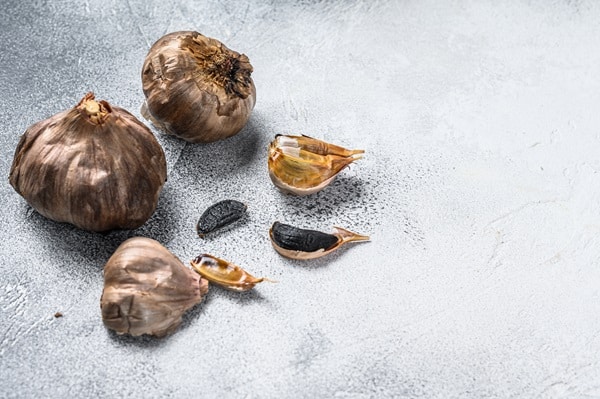
Black garlic, often hailed as a superfood, is regular garlic that has undergone a fermentation process, resulting in its distinctive black color and a sweeter, more mellow flavor. This unique transformation not only enhances its taste but also multiplies its health benefits. Black garlic boasts a higher concentration of antioxidants compared to regular garlic, which are essential in combating oxidative stress and reducing the risk of chronic diseases.
Incorporating black garlic into your diet is a culinary adventure. Its soft, chewy texture and umami-rich flavor make it a fantastic addition to sauces, marinades, and as a topping for meats and vegetables. Unlike raw garlic, black garlic doesn’t leave a pungent aftertaste, making it a more versatile and palatable option for many. Whether blended into a creamy salad dressing or simply spread on a slice of toast, black garlic is an unmissable ingredient for both its health benefits and its unique gastronomic appeal.
Kefir: The Probiotic Gem
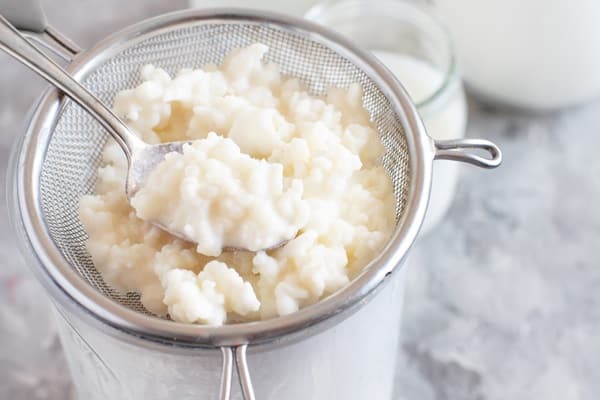
Kefir, a fermented milk drink, has been a dietary staple in many cultures for centuries, yet it remains relatively unknown in some parts of the world. This tangy, yogurt-like beverage is teeming with probiotics, beneficial bacteria that play a crucial role in maintaining gut health. The probiotics in kefir not only aid digestion but also help in the absorption of nutrients and bolster the immune system.
Unlike yogurt, kefir contains several major strains of friendly bacteria and yeast, making it a more potent source of probiotics. Its slightly effervescent and refreshing taste can be a delightful addition to your daily diet. Kefir works wonderfully in smoothies, as a base for salad dressings, or simply enjoyed on its own. For those who are lactose intolerant, kefir can often be more digestible than regular milk, making it an excellent dairy alternative. Its versatility and health benefits make kefir a must-try for those looking to boost their gut health.
Chia Seeds: More Than Just A Health Trend
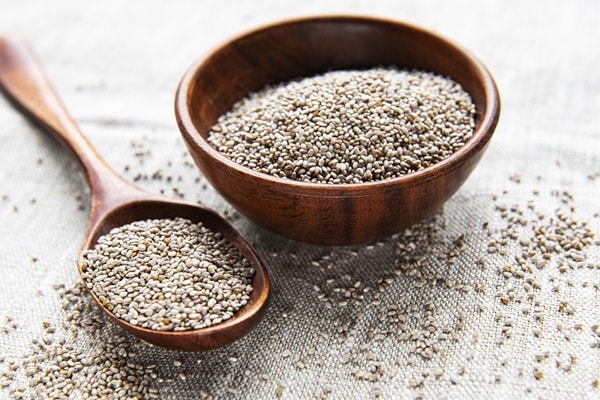
Chia seeds have gained immense popularity in the health community, and rightfully so. These tiny seeds are loaded with nutrients and offer a range of health benefits. High in fiber, omega-3 fatty acids, and protein, chia seeds are a great addition to any diet. They are also rich in antioxidants and minerals like calcium, phosphorus, and magnesium, supporting bone health and overall wellness.
One of the most appealing aspects of chia seeds is their ability to absorb water and form a gel-like substance, making them a unique ingredient in the kitchen. They can be sprinkled over salads, added to smoothies, or used to make chia pudding, a healthy and satisfying snack or dessert. Their subtle nutty flavor complements a variety of dishes, and their nutritional profile makes them an excellent choice for those seeking to enhance their diet with nutrient-dense foods.
Sea Vegetables: Ocean’s Nutritional Gift
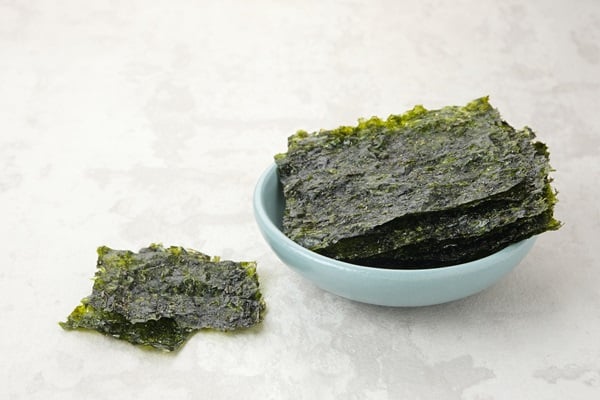
Sea vegetables, a broad category that includes seaweed, kelp, and nori, are often overlooked in Western diets but have been staples in coastal cuisines around the world. These marine vegetables are not only versatile in culinary uses but are also packed with unique nutrients. They are one of the few natural sources of iodine, essential for thyroid health, and are rich in vitamins A, C, and E, as well as minerals like zinc and selenium. The high fiber content in sea vegetables aids in digestion and adds to their list of health benefits.
Incorporating sea vegetables into your diet can add a new dimension to your meals. Dried seaweed can be a crunchy snack or a flavorful addition to soups and salads. Kelp noodles are a fantastic gluten-free pasta alternative, and nori sheets can be used for homemade sushi rolls or as a wrap for sandwiches. Their distinct umami flavor enhances the taste profile of various dishes, making them a valuable addition for both their health benefits and their culinary diversity.
Tempeh: The Versatile Protein Source
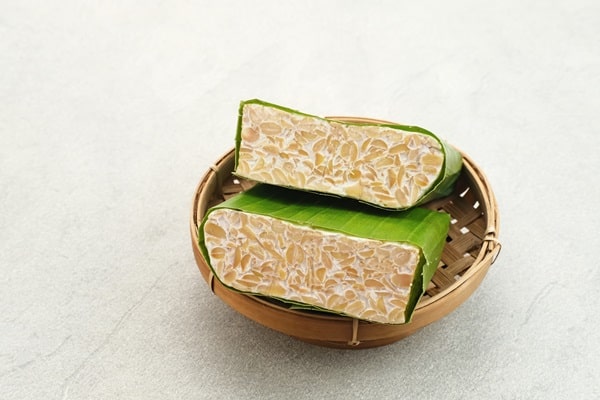
Tempeh, a traditional Indonesian food made from fermented soybeans, is a fantastic source of plant-based protein. Unlike tofu, tempeh has a firm texture and a nutty flavor, making it a versatile ingredient in various dishes. It’s not only rich in protein but also high in fiber, vitamins, and minerals. The fermentation process adds to its health benefits, making it easier to digest and enriching it with probiotics.
Tempeh can be used in a myriad of ways in the kitchen. It can be marinated and grilled, crumbled into sauces and stews, or even sliced and fried for a crispy snack. Its ability to absorb flavors makes it an excellent meat substitute in many recipes. Whether you’re a vegetarian or just looking to add more plant-based protein to your diet, tempeh is a nutritious and delicious option that can be enjoyed in countless ways.
Fermented Vegetables: A World Of Flavor And Health
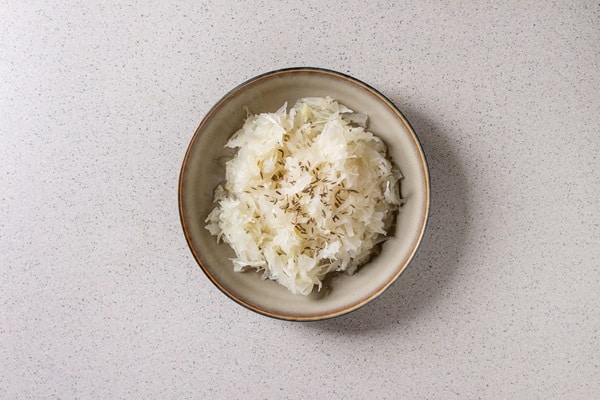
Fermented vegetables, such as kimchi from Korea and sauerkraut from Germany, are not only flavorful additions to meals but also offer significant health benefits. The fermentation process enhances the natural flavors of the vegetables while also creating beneficial probiotics. These probiotics are known to improve gut health, boost the immune system, and may even help in reducing inflammation. Fermented vegetables are also a great source of vitamins and enhance the body’s ability to absorb nutrients from food.
Starting to ferment vegetables at home can be a simple and rewarding process. Common vegetables like cabbage, carrots, and cucumbers can be easily transformed into delicious fermented foods with just salt, water, and a bit of patience. These homemade fermented delights can be used as side dishes, in sandwiches, or as a flavorful addition to salads. Not only do they add a tangy zest to meals, but they also introduce a range of health benefits, making them a must-try for anyone looking to enrich their diet.
Teff: The Tiny Grain With Big Nutritional Value

Teff, an ancient grain native to Ethiopia, is small in size but packed with nutrition. It’s a staple in Ethiopian cuisine, most famously used in the making of injera, a spongy flatbread. Teff is high in protein, fiber, and calcium, and is an excellent source of vitamin C, a rare feature in grains. Additionally, it’s naturally gluten-free, making it a great grain alternative for those with gluten sensitivities or celiac disease.
Incorporating teff into your diet is easier than you might think. It can be used to make porridge, added to baked goods, or as a thickener in soups and stews. Its mild, nutty flavor pairs well with both sweet and savory dishes, making it a versatile ingredient in the kitchen. Whether you’re looking to expand your grain repertoire or seeking nutritious gluten-free options, teff offers a wealth of health benefits and culinary possibilities.
Add Some Diversity To Your Plate!
In exploring these eight nutritious foods, you’ve uncovered a world of flavors and health benefits that go beyond the ordinary. Each offers unique advantages, from gut health to bone strength, and their versatility in the kitchen invites creativity. Now, it’s your turn to take the leap and integrate these wholesome foods into your daily meals. Experiment with these ingredients, discover new favorite dishes, and take a significant step towards a more varied, healthful diet!


